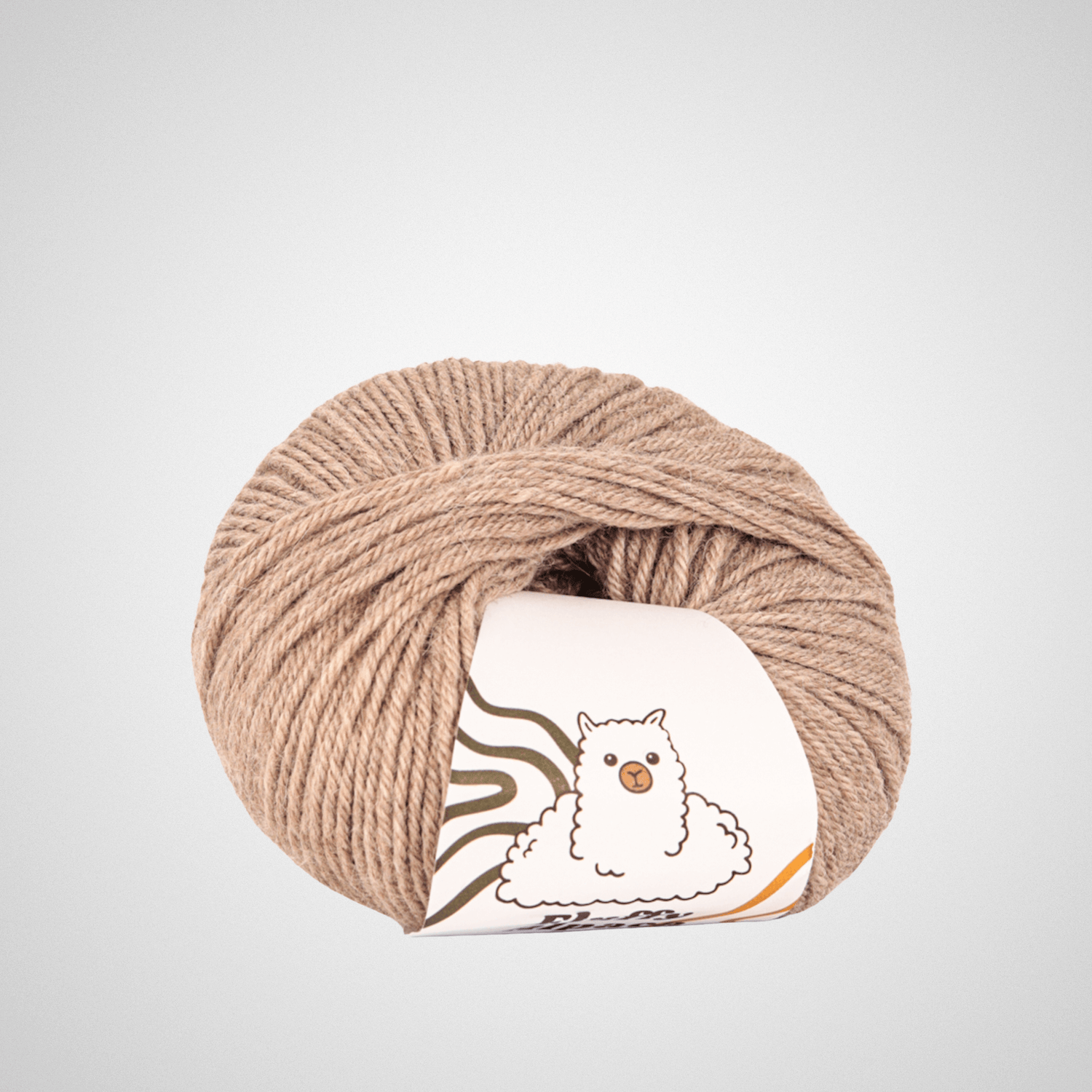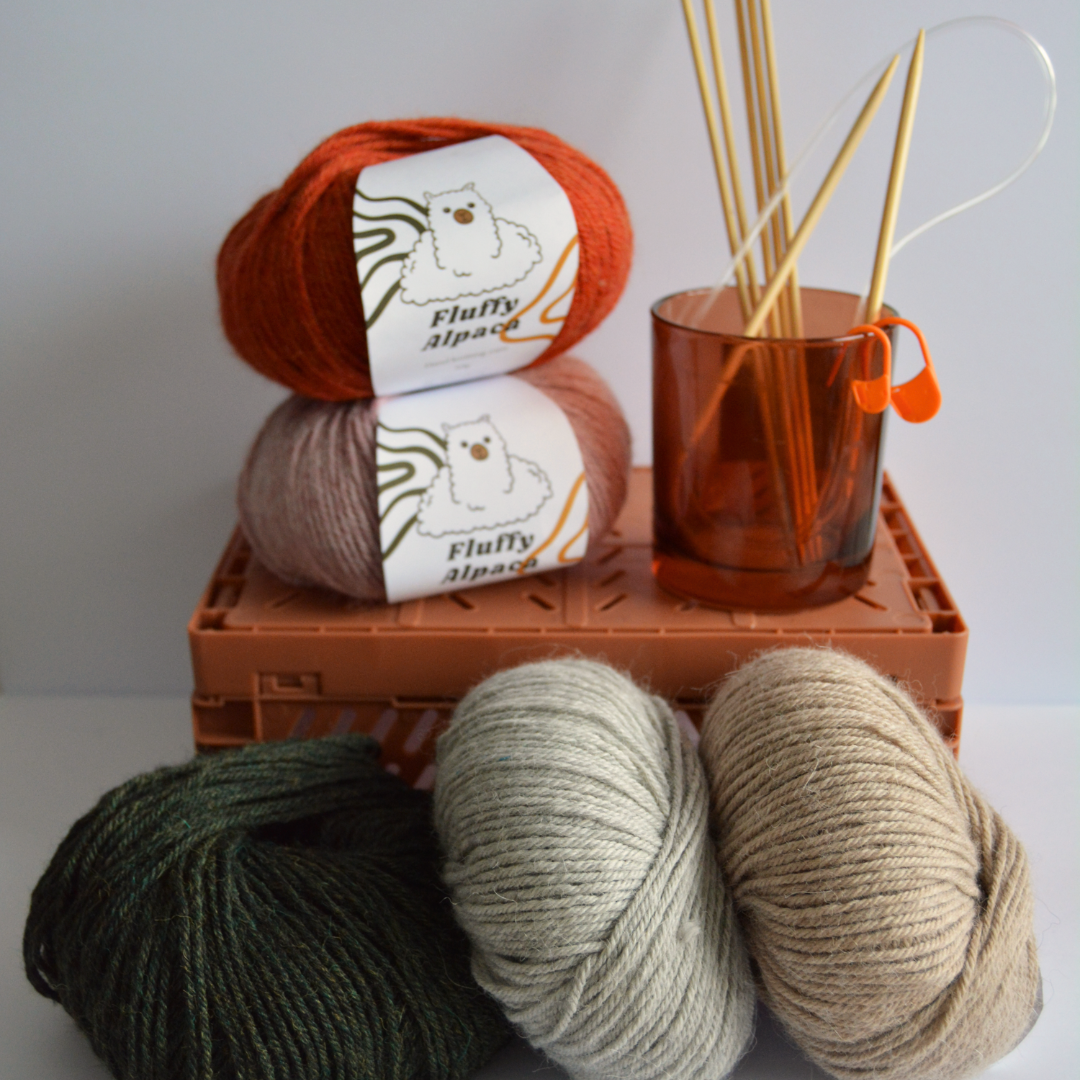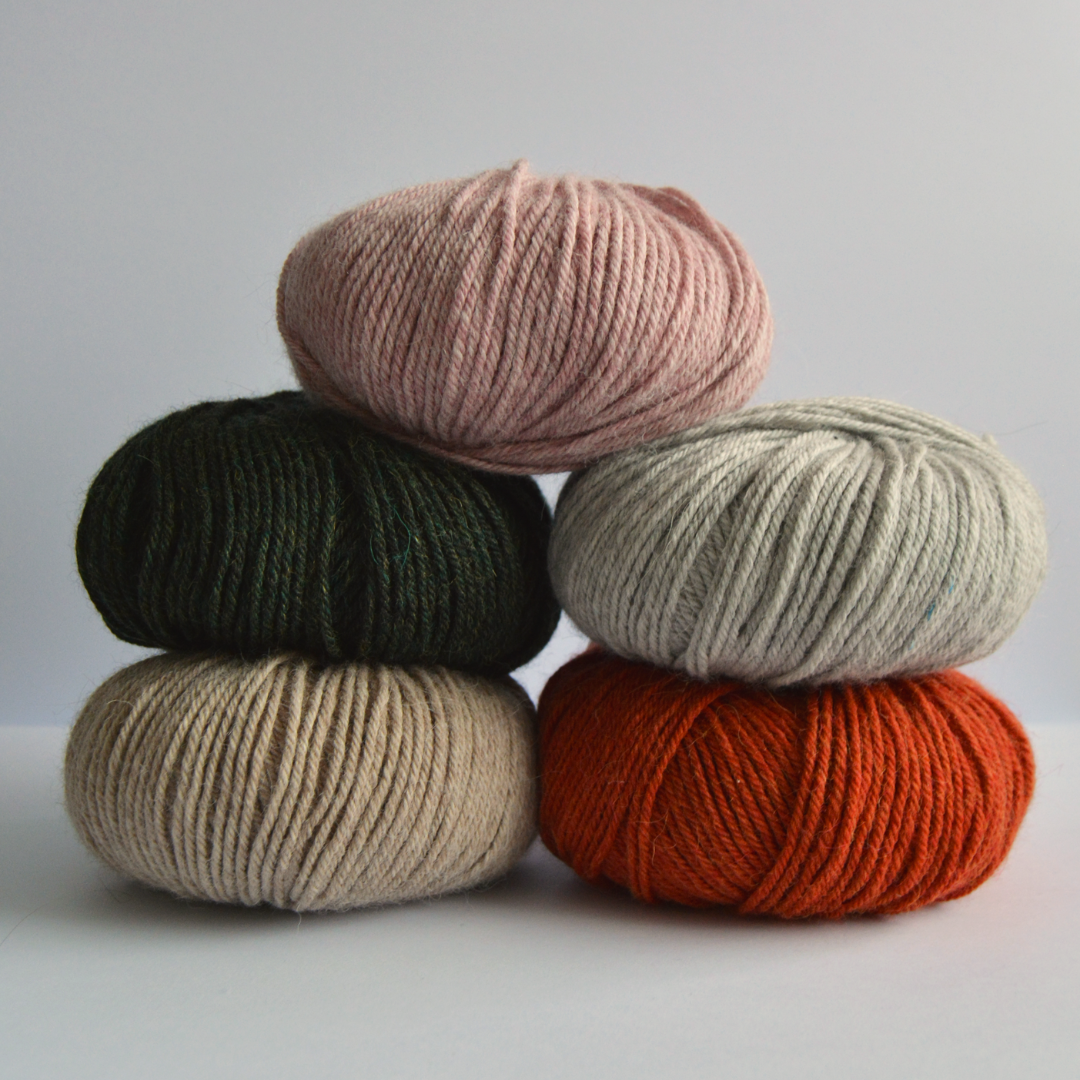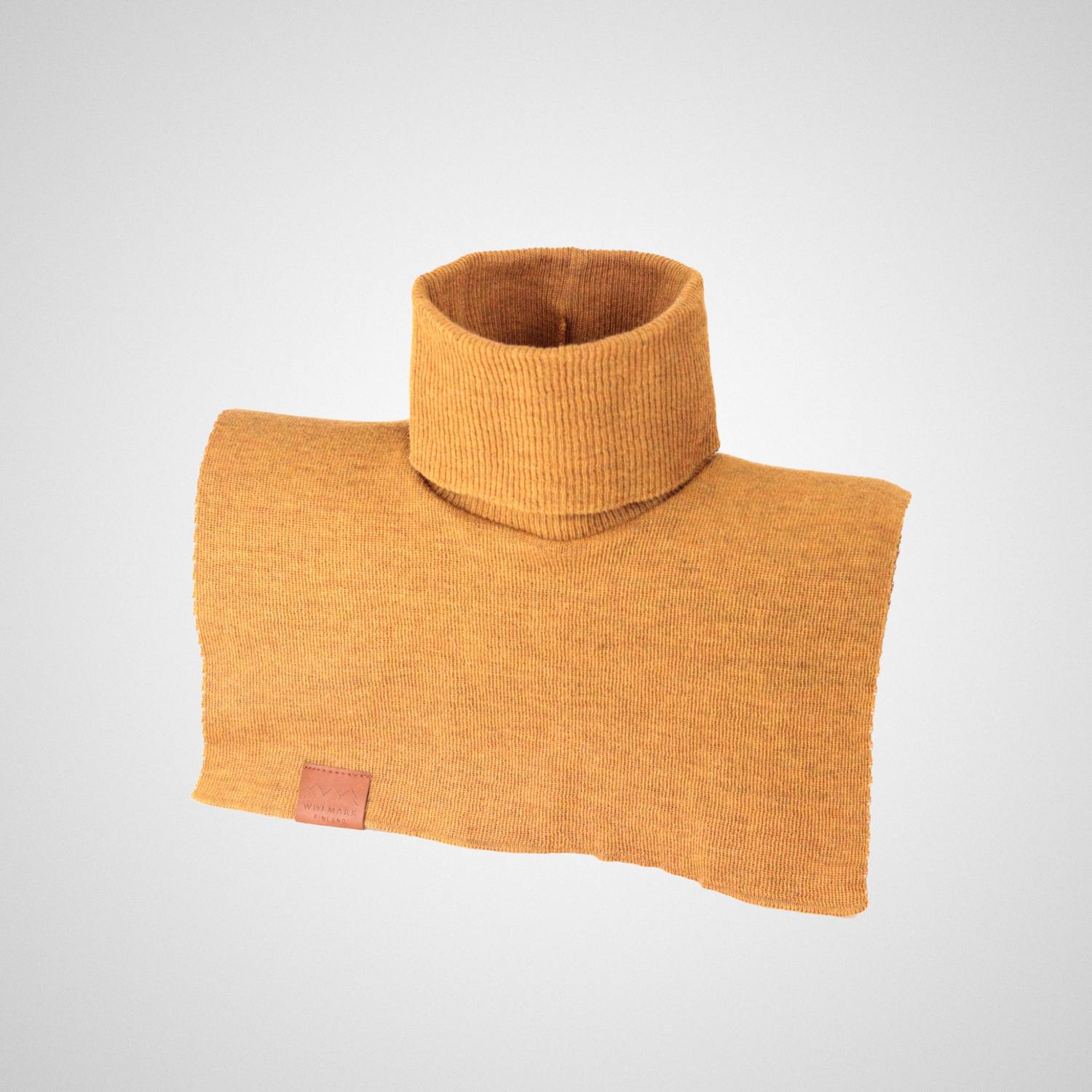Super fiber, Alpaca wool
The alpaca originally lived in the high mountains of the Andes in South America in Peru, Chile and Bolivia. The Incas domesticated the animal thousands of years ago because of the properties of alpaca wool. Today, there are approximately 5 million alpacas worldwide, 90% of which live in Peru, which is also the world's largest producer of alpaca wool. Wool has many properties that make it an exceptional material. Because of the fine heritage, uniqueness and properties, we use alpaca wool. Let's go through the properties of this fine animal's wool in a little more detail.
Alpaca wool properties in a nutshell
- Body temperature regulating material
- Moisture management
- Antibacterial material
- Allergy-free material
- Environment friendly
- Animal friendly
- Heat resistant
- Alpaca wool is also a light and soft material
5 REASONS WHY ALPACA WOOL IS AN UNCOMPARABLE SUPERFIBER OF NATURE!
1. INTERNAL FIBER STRUCTURE OF ALPACA WOOL
The first and most significant difference is created by the hollow structure of the alpaca fiber. This structure is characteristic of wools, but alpaca wool has been researched to contain more and larger air pockets even compared to merino.
This makes alpaca wool a very effective heat insulator and light in structure. The more air pockets, the better the thermal insulation, even if the material is completely wet.
2. EXTERNAL FIBER STRUCTURE OF ALPACA WOOL
Another significant difference is the smoothness of the fiber surface. Alpaca has a significantly smoother fiber structure than other wools. This helps with skin feel, but more importantly with moisture transfer from the skin and with the air pockets makes alpaca very effective in moisture management.
3. NO WOOL ALLERGY
Unlike sheep's wool, Alpaca wool does not contain lanolin, i.e. wool fat. Lanolin is an allergen that causes wool allergy. Alpaca wool is hypoallergenic and is not known to contain allergens.
4. NO CHEMICAL OR TECHNICAL TREATMENT OF THE FIBER
The smooth fiber structure of alpaca wool allows it to be used without chemical or technical treatments, which almost all sheep's wool products go through.
The purpose of these smoothing processes is to smooth out the surface structure of the fiber so that the material becomes soft to the touch. At the same time, the properties of wool, e.g. moisture transfer and breathability decrease.
5. A CONSERVATOR IN THEIR BIRTH
The alpaca is naturally environmentally conscious, and in Peru, an animal that grazes semi-wild is part of the natural ecosystem of its environment. When eating, the alpaca leaves its roots in the ground, so that the soil and the lunch are renewed faster. The animal's soft paws also contribute to the greenery of the plains.
However, the most significant environmental act is the alpaca's moderate eating habits. The alpaca eats significantly less
than other ruminants and therefore causes a smaller carbon footprint in the form of methane emissions.








